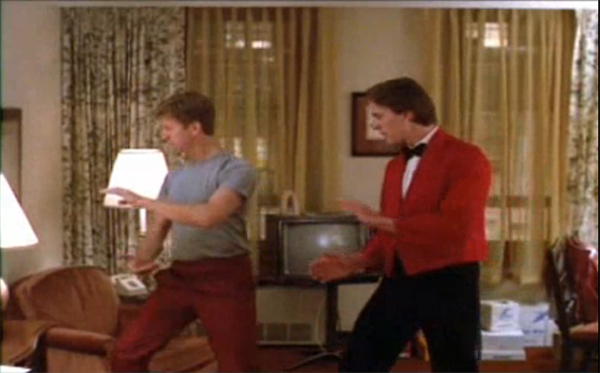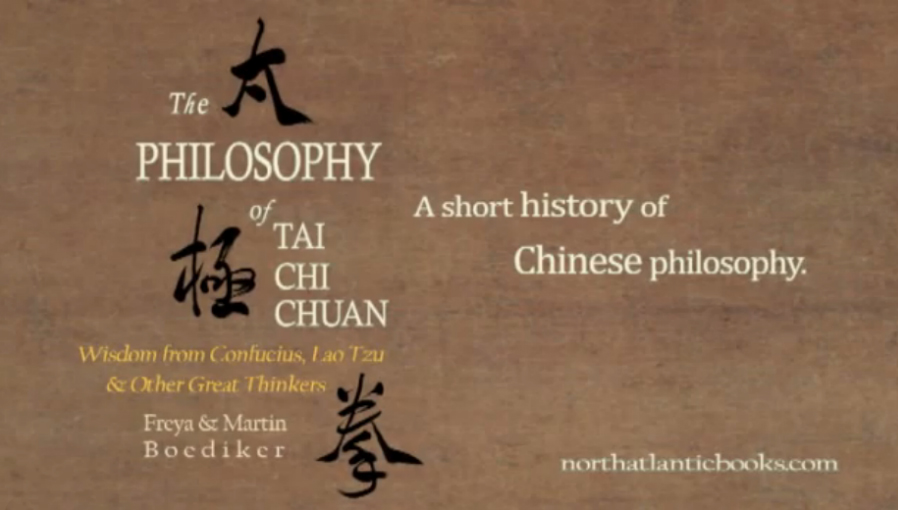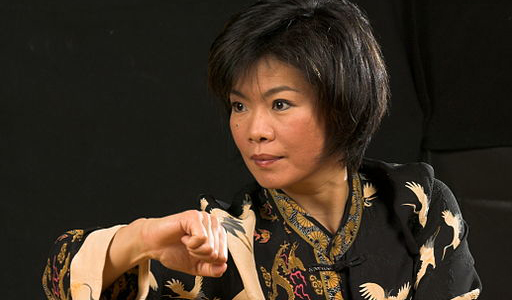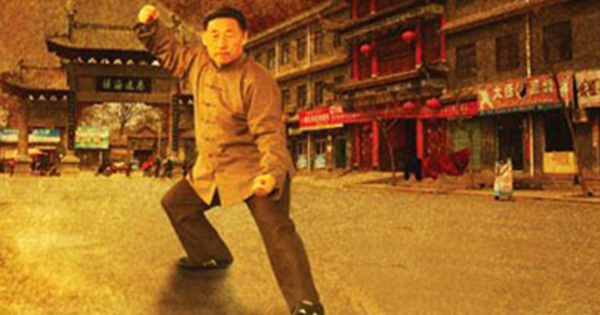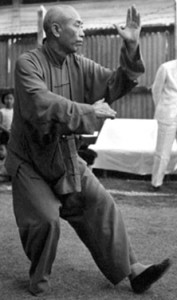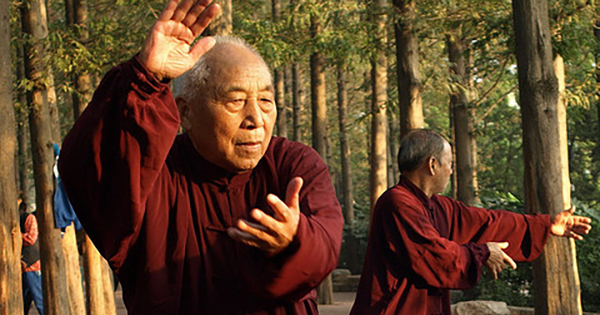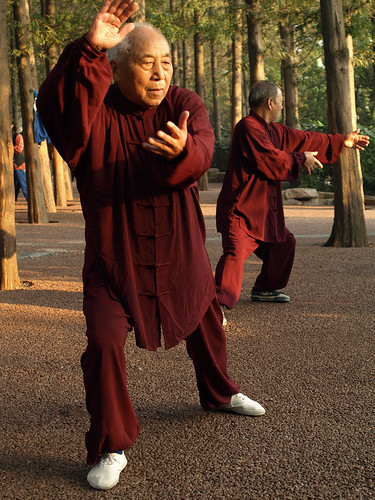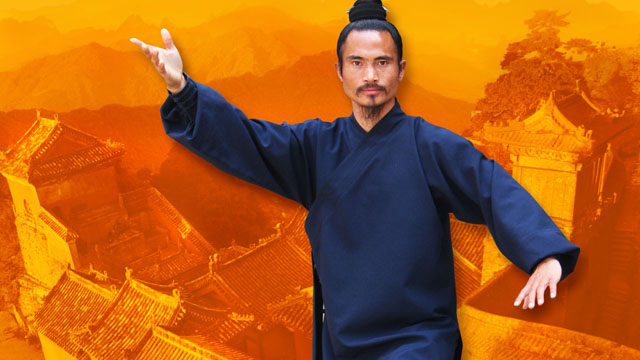Well known American Poet Allen Ginsberg (1926 – 1997) wrote a poem about himself practicing Tai Chi in his kitchen in New York City. It is a whimsical look at practicing in one’s kitchen that is too small, and of all the distractions of the things around him. Ginsberg had learned the Chen Man Ching style of Tai Chi Chuan.
Enjoy this poem about Tai Chi by Allen Ginsberg for which he wrote for Bataan Faigao, who learned Tai Chi from Chen Man Ching and taught at the Naropa Institute. The text of the same poem is below.
[quote]
In my kitchen in New York
by Allen Ginsberg
for Bataan Faigao
Bend knees, shift weight
Picasso’s blue deathhead self portrait
tacked on refrigerator door
This is the only space in the apartment
big enough to do t’ai chi
Straighten right foot & rise–I wonder
if I should have set aside that garbage
pail
Raise up my hands & bring them back to
shoulders–The towels and pyjama
laundry’s hanging on a rope in the hall
Push down & grasp the sparrow’s tail
Those paper boxes of grocery bags are
blocking the closed door
Turn north–I should hang up all
those pots on the stovetop
Am I holding the world right? That
Hopi picture on the wall shows
rain & lightning bolt
Turn right again–thru the door, God
my office space is a mess of
pictures & unanswered letters
Left on my hips–Thank God Arthur Rimbaud’s
watching me from over the sink
Single whip–piano’s in the room, well
Steven & Maria finally’ll move to their
own apartment next week! His pants’re
still here & Julius in his bed
This gesture’s the opposite of St. Francis
in Ecstasy by Bellini–hands
down for me
I better concentrate on what I’m doing
weight in belly, move by hips
No, that was the single whip–that apron’s
hanging on the North wall a year
I haven’t used it once
Except to wipe my hands–the Crane
spreads its wings have I paid
the electric bill?
Playing the guitar do I have enough $
to leave the rent paid while I’m
in China?
Brush knee–that was good
halavah, pounded sesame seed,
in the icebox a week
Withdraw & push–I should
get a loft or giant living room
The land speculators bought up all
the sqaure feet in Manhattan,
beginning with the Indians
Cross hands–I should write
a letter to the Times saying
it’s unethical
Come to rest hands down knees
straight–I wonder how
my liver’s doing. O.K. I guess
tonite, I quit smoking last
week. I wonder if they’ll blow
up an H Bomb? Probably not.
-Manhattan Midnite, September 5, 1984
[/quote]
If you liked this poem by Allen Ginsberg, you may enjoy some of his other poetry. Check out this book of the collected poems by Ginsberg!
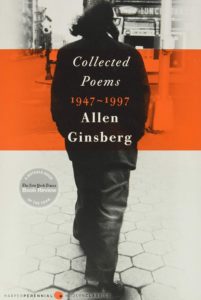

Don’t forget to check out our other Tai Chi videos and let us know what you think of them!
